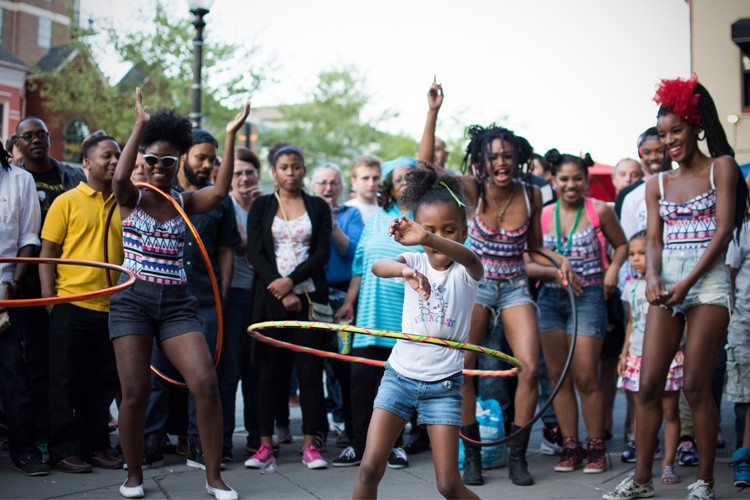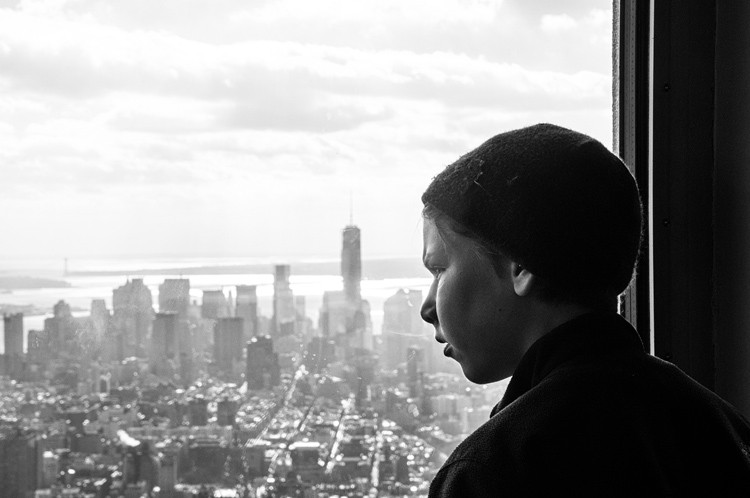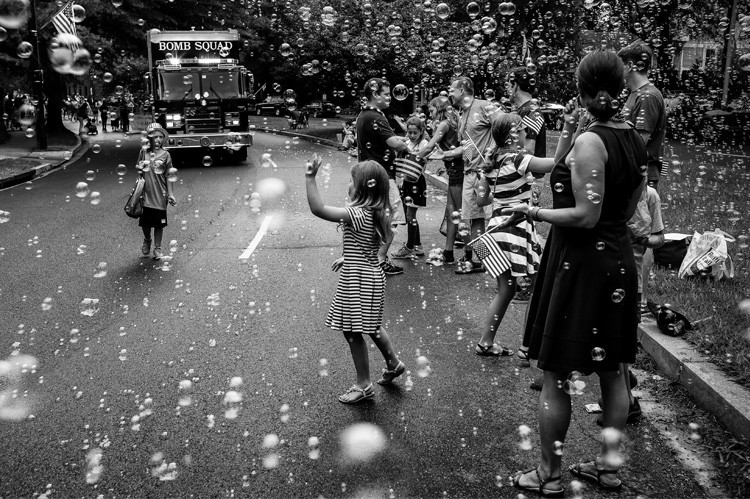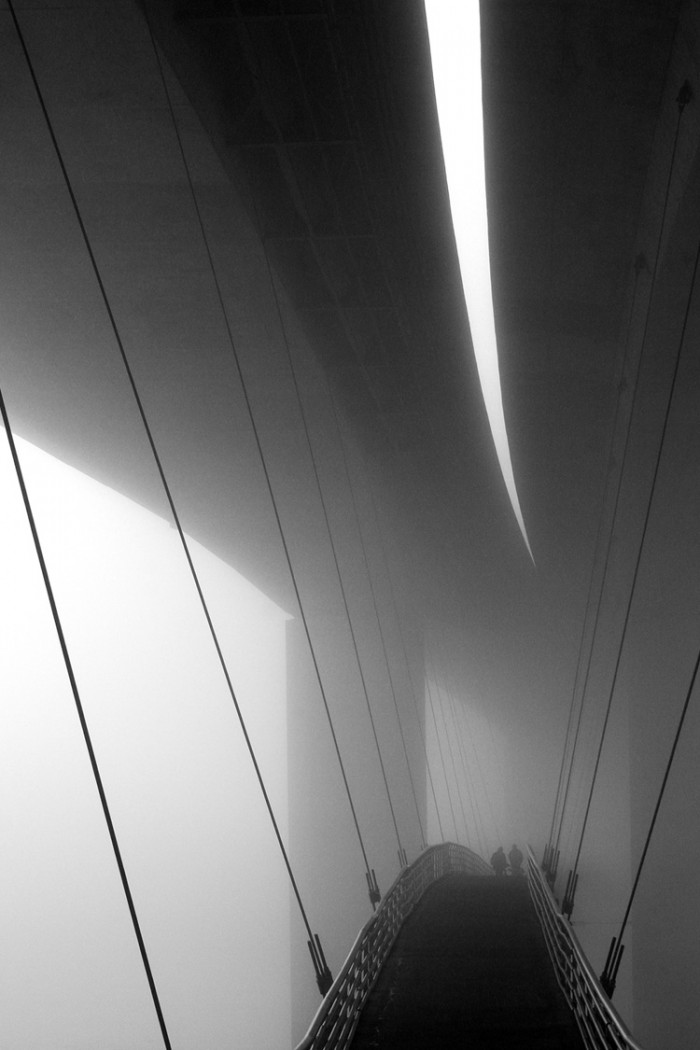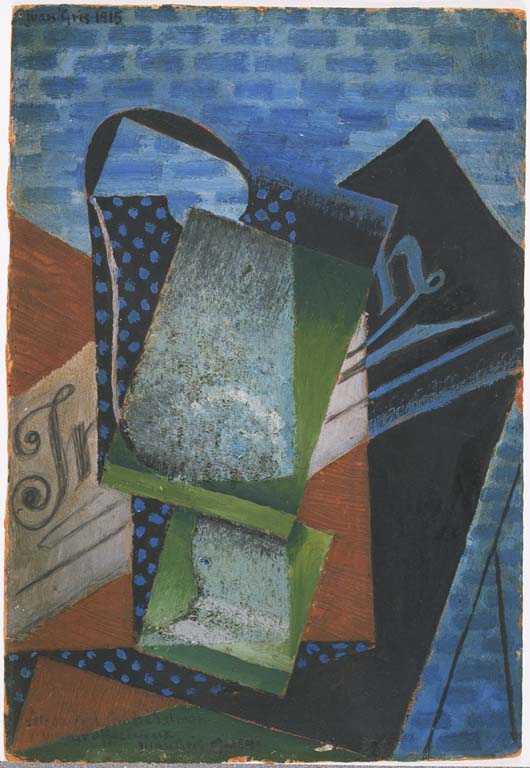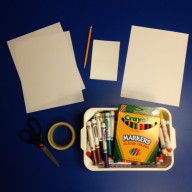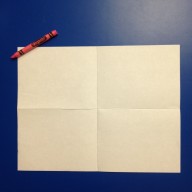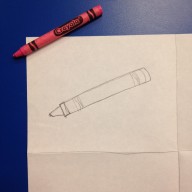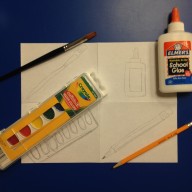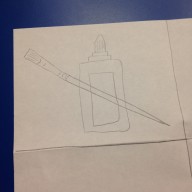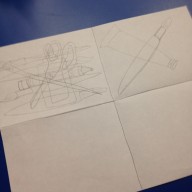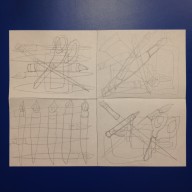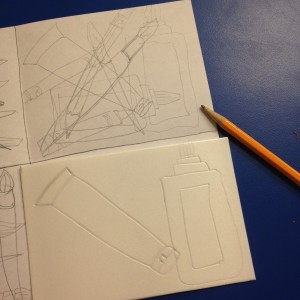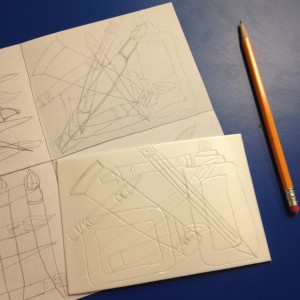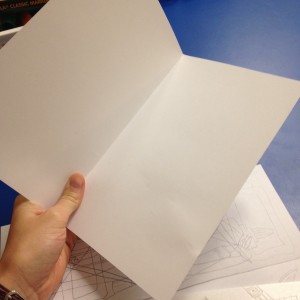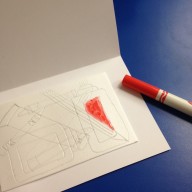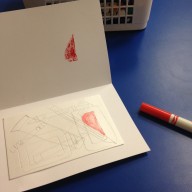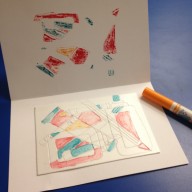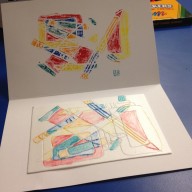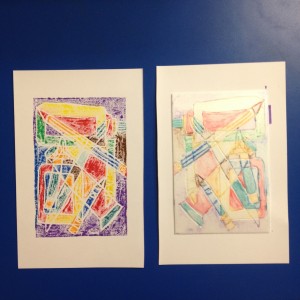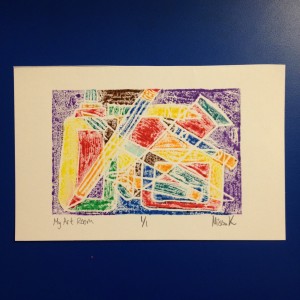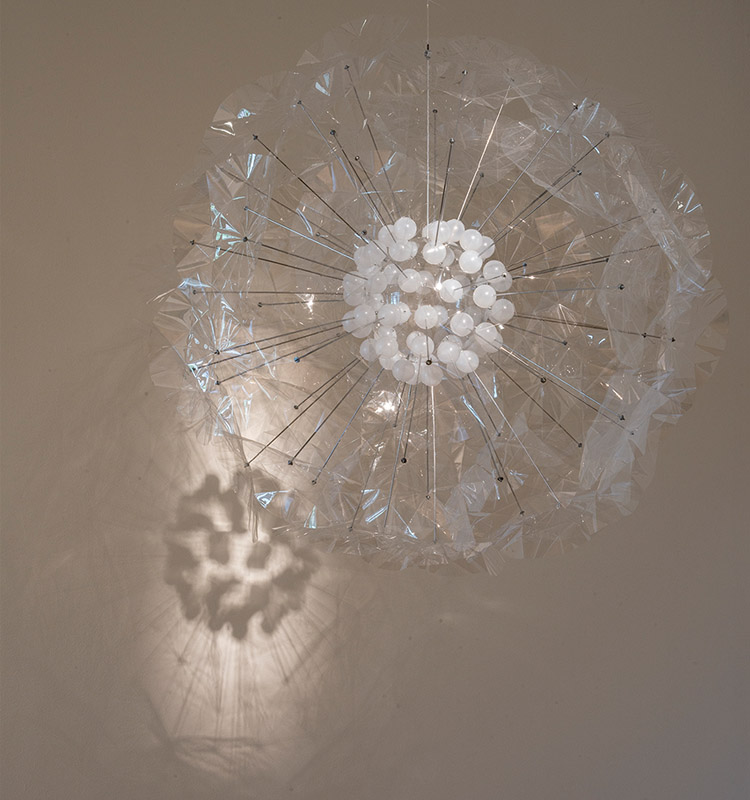Last week, we announced the grand prize winner of the American Moments photo contest. Put your hands together for our five Honorable Mentions! These submissions caught the attention of our judges for their thoughtful captions and artful composition. Thank you to everyone who participated!
DC Street Hoops by Chuck Fletcher
This American Moment was taken on U Street in Washington DC, the city’s cultural epicenter of black history. Until the 1920s, the U Street Corridor was home to the nation’s largest urban African American community. During the 1920s and 1930s, the area thrived with world-renowned entertainment venues like the Howard and Lincoln Theaters and private clubs hosting legendary entertainers including the neighborhood’s own Edward “Duke” Ellington. In 1968, the neighborhood declined after the assassination of Martin Luther King, Jr. and the resulting DC riots. Today, we see a diverse blend of nationalities, talent, and skin tones on U Street.
Nathan by Andrew Nathan Morgan
Picture I took of my son on his first trip to NYC. He’s looking over the city from the top of the Empire State building. We took a train from DC and spent the day walking around, seeing as much as we could before catching the train back.
Fourth of July by Ann McCormick Saybolt
Annual parade in the Palisades neighborhood of Washington, DC. Americans were warned by federal homeland security officials to “remain vigilant” during holiday celebrations due to a heightened security alert. July 4, 2015.
Mom_2016_06–29 by Lou Havlicek
So many baby boomers are dealing with aging parents today. Though there is profound beauty in death—just as in birth—this does not make the road leading towards it any less hard. I took this image of my mother as she enters her final days. Our family is so grateful to my sister who has both the burden and privilege of caring for her. There is no tougher job. The rest of us help as we can, but negotiating the maze of the American healthcare system makes an already difficult time even more so.
A November Fog by Jere Kittle
Dense fog minimizes details, revealing the bold dynamic between a pair of bridges—one suspended beneath the other—and reflects the contrast in lifestyle and pace between the decades that separate them. The upper bridge carries vehicular traffic along historic U.S. Route 1; the lower, suspended by cables, provides pedestrian access to Belle Isle, a 540-acre natural area in the James River in the heart of Richmond, Virginia. Two figures cross over river rapids below for a morning walk on the island where forested trails and rock formations offer respite from 21st century urban life.

